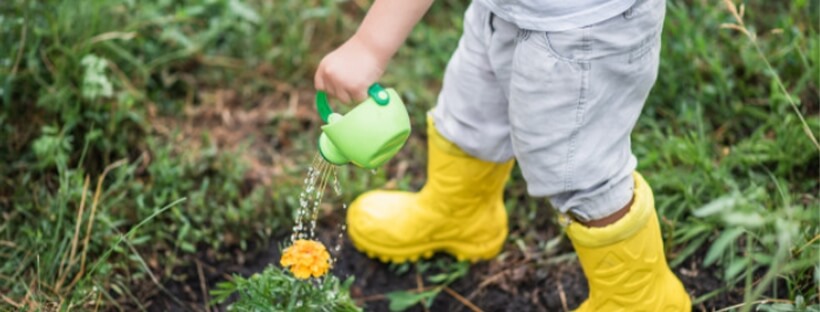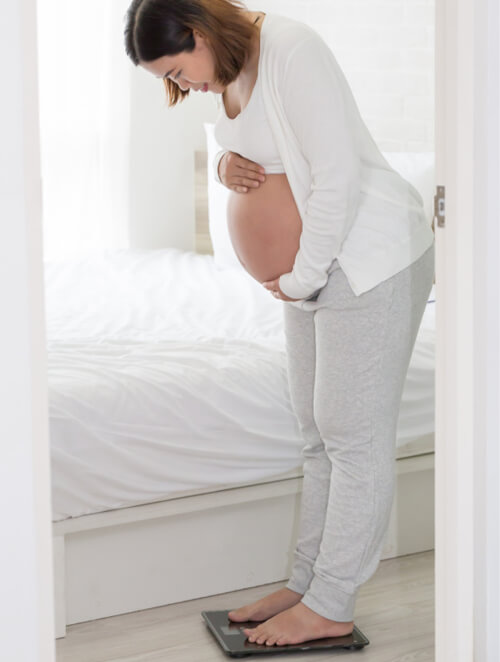Toddlers wants to help and we should let them
 16328
16328

super easy
“Beta, go back and eat your cookie and relax; I will put the clothes in the washing machine,” said Meena seeing her 5-year-old kid attempting to copy and help in what she was doing.
“Why don’t you let him help you?” asked her husband.
“Absolutely not! Why should my kid engage in household work when I am hale and hearty! Besides, he may do something wrong, and I might have to do things all over again!”
And the kid went back to enjoying his cookie.
It is an ingrained chip in the motherboard of parenting to be the best parents for their children and provide them with all kinds of comfort, especially in their growing years. Some go to limits by not allowing them even to move an inch and providing royal treatment for everything possible out of sheer love. Some of them stop their children from giving any help in any chore simply because they are clouded by the preconceived notion that their kid is going to falter, and the efforts would be duplicated.
Some have a very ‘tacky’ and ‘boring’ ideology of work and are naturally opposed to the concept and don’t want to put their kids through ‘that torture’ of doing work. Some feel that kids can only be coerced to help if they are pressured or incentivized, hence drop the idea altogether. But do parents really know what cooks inside their children’s tender little brains? Whether this self-sacrificing act by kids should be encouraged or should be entirely denied from when it starts to take its behavioral form?
In classic research, an experiment conducted more than three and a half decades ago by a prominent American developmental psychologist Harriet Lange Rheingold, parents were to interact with their toddlers aged 18 to 30 months while doing mundane chores like dusting, sweeping, folding clothes, etc. They were to do these chores slowly and allow their child to participate willingly but not by direct asking. It turned out that all children who formed a part of this experiment helped with almost all tasks on their own and did so with vigor, energy, and a sense of delight on completion.
Former dean of freshmen at Stanford University and the distinguished author of “How to Raise An Adult” Julie Lythcott-Haims quoted on a Ted Talks live event, “If kids aren’t doing the dishes, it means someone else is doing that for them, and so they are absolved of not only the work but learning that work has to do be done and each one of us must contribute for the betterment of the whole.” The basis of her guiding words was the ‘Harvard Grant Study,’ the longest longitudinal study ever conducted, which spanned 75 years!
Letting toddlers help can teach them a host of life skills, i.e., helping out with laundry and light cooking can inculcate these skills in them for a future without parents. It develops a sense of responsibility and self-reliance from a very early age, which are great traits to possess in every walk of life. Doing tasks together can help enforce a sense of teamwork from an early age, which can be very beneficial in professional and personal lives. It helps develop a strong work ethic in them, which will once again earn them a future professional brownie point.
Toddlers who contribute to daily chores go on to become more efficient, collaborative employees who are able to manage tasks more independently. It helps them develop a ‘pitch-in’ mindset and makes them ready to do any kind of unpleasant work as well. Doing chores together also fosters attachment and family bonding; it can create some special memories for kids and grandkids.
Being involved in chores also gives toddlers experience of relationship skills like communicating clearly, negotiating, and cooperating. Last but not least, doing chores together frees up some good quantity of family time which can be enjoyed later! Parents just have to make sure that the tasks are routinized, manageable for children, and a whole of fun for your little ones!
“Awww, look at Meesha folding the handkerchief, so cute!” Remarked an elated Seema.
“Beta, you make one big rectangle first, then a smaller rectangle and then finally a square and Yay! It’s done!”
Seema’s joy knew no bounds, looking at Meesha’s independence and pro-activeness to help.
Follow us-
Instagram/ Facebook/ Youtube/ Pinterest





Leave a Reply